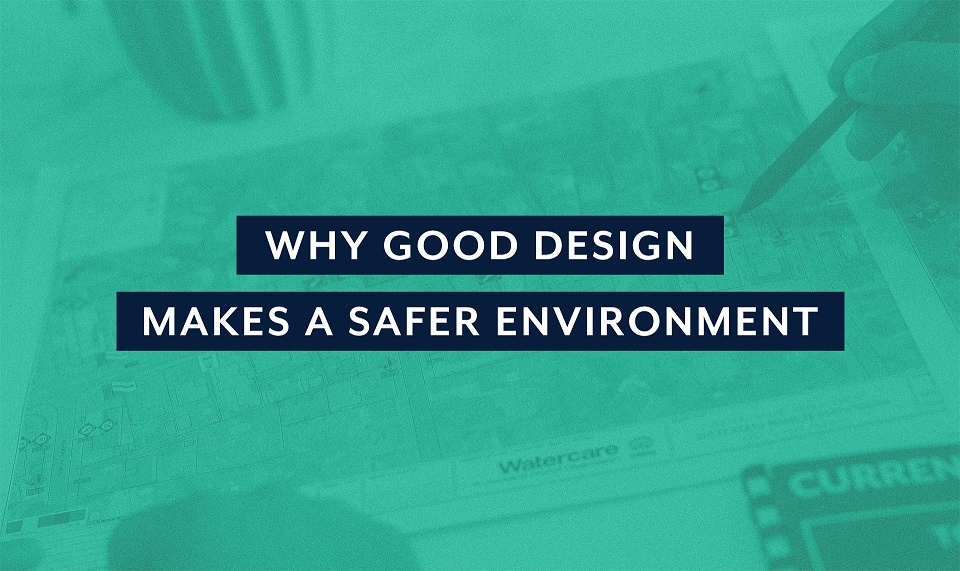Often times, the word design is mistakenly described as something that is only aesthetically pleasing. People would rather choose something that is pretty over something that is functional. Aesthetically pleasing designs allow us to enjoy and take pleasure in things – but how can a good TMP make a safer environment?
When we talk about design, the correct approach is to refer to function rather than form. As an example, when we are presented with a new product, we often ask questions like, “What is this designed for?” which simply asks what its function is. It’s not really a question of if a design is right or wrong, but rather if it is good or bad. So what’s the difference between right design and good design?
Theoretically, a right design means to comply to an obligatory standard; however, a good design knows how to weigh options in order to answer the needs of people – even if it sometimes requires breaking some standards to present a better trade. Design aims to meet its customer’s needs and is very individualised. A designer will look at underlying considerations for every situation to effectively come up with a functional design.
Design is a very broad subject that has different considerations depending on where it is applied. On gadgets, design means having good features to make life easier and convenient, on architecture, it means answering the need of the owner. In the temporary traffic management industry, the main consideration in design is safety.
The main goal of temporary traffic management is to create the safest environment for all road users, including personnel on road. Whilst that the industry is all about designing for safety, the temporary traffic management setup itself is considered a hazard, as we put tools, equipment and workers on the road to initiate a design that is safer for the environment.
What is safe TMP design then?
Objectives should be very clear at the first stage of TMP development. All considerations should be thought through – from road users’ needs down to the contractors’ needs such as timeframe of work, impact to the road being affected, work methodology, etc. Safe design aims to have the least number of hazards in place compared to the problem’s original state and prioritise the safety of the users. As they often say, choose the lesser evil.
Safe TMPs must deliver a clear message or instruction so that the user can implement the TMP as planned. A safe TMP not only considers the obvious on paper, but it also understands what actually happens on the road in reality/day to day. Design can look good on paper – seeming to be very ideal, however safe plan includes an element of fool proofing wherein we leave less or no opportunity for misuse or misinterpretation and in order to achieve the desired outcome. It is very important that a clear similar message is being sent to all parties involved – from TMP designers to contractors to affected users.
Do you want to find out more about traffic management plans? Don’t hesitate to ask we’re always Here2Here. Send us a message here.
